- Home
- Spoke calculator
Spoke calculator. Length's calculation of the spokes for all bicycles
Designed for self-calculation of a J-form spoke of any thickness. You can count on electric bicycles for motor hubs, for hubs with internal shifting, for the front or rear wheels, and generally for any wheels with spokes. All dimensions except the number of holes are indicated in mm. Parameter descriptions are at the bottom of the page.
Rim settings
- Number of spokes.
- The spokes holes number of the rim is shown here. The number of holes must match the number of holes in the hub.
- Internal diameter of the rim.
- It is measured from one edge to another by eyelets (if any). The most accurate measurement will be if you measure cross to cross in two places and calculate the average value, since the rims, even new ones, are deformed and always a little oval in shape. If you know the ERD of the rim, then you can subtract 2 mm from it, enter the value in the "internal diameter of the rim" and put 1 mm in the "rim thickness". We draw your attention !!! According to our measurements, since 2015, the wrong ERD is indicated on the rims of Mach1. Faithful will be 2 mm larger.
- Rim thickness.
- Measured by eyelet (if any) using a depth bar on a vernier caliper and a flat head screwdriver. You need to insert the depth bar into the hole for the spoke from the side of the hub, extend a little more than the height of the eyelet. Push the depth bar fully into the eyelet (rim) with a flat screwdriver. For accuracy, add 0.2-0.4 mm.
- Hole spacing of the rim.
- For measurement, the rim is placed on a flat surface. The vernier calipers depth bar measures the upper edge of the upper spoke hole (h1) and the upper edge of the lower hole (h2). Using the formula h1 - h2 we get the desired value.
- Displacement of rim holes.
- For measurement, the rim is placed on a flat surface. The caliper depth bar measures the upper edge of the upper spoke hole (h1) and the lower edge of the lower hole (h2). Next, use a vernier caliper to measure the width of the rim profile (w).
Using the formula |(w - h1 - h2)|/2 we get the desired value.
Hub settings
- Flange offset.
- This is the distance from the installation location to the center (in thickness) of the flange. It is possible to measure with both a depth bar and a regular angle, while removing the nuts/QR.
- Flange diameter.
- The distance is measured at the centers of the opposite holes on the same flange.
- Spoke hole diameter.
- Often, even with the same hub manufacturer, the diameter of the hole varies greatly, although both hubs will be designed for the same spoke. Such a difference can affect the final choice of spokes, as the resulting values of the length of the spokes will be rounded up or down. For an accurate calculation, you need to measure at least 3 holes and calculate the average value.
- Overlocknut distance.
- Landing distance of the hub. Measured by a caliper.
Lacing options
- Radial.
- For front wheel with rim brake only. The spokes go straight without crossing to the rim.
- One-, two-, three-, four-cross.
- Crossed wheel spokes are more reliable. The standard for wheel assembly is the 3-cross method.
- Spoke thickness.
- Standard size 2 mm. Affects the length of the spoke when calculating.
 Моторезина и мотошины
Моторезина и мотошины  Велозапчасти
Велозапчасти  Аксессуары
Аксессуары 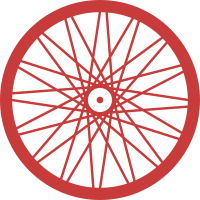 Колёса, покрышки, камеры и з/ч
Колёса, покрышки, камеры и з/ч 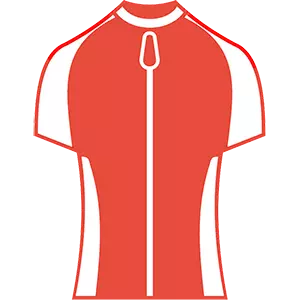 Экипировка
Экипировка  Смазки, очистители, инструменты
Смазки, очистители, инструменты  Для детских колясок
Для детских колясок 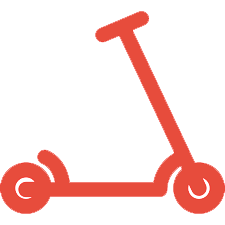 Самокаты и з/ч
Самокаты и з/ч 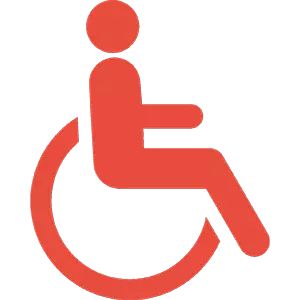 Для инватехники
Для инватехники  Автотовары
Автотовары  Ролики
Ролики 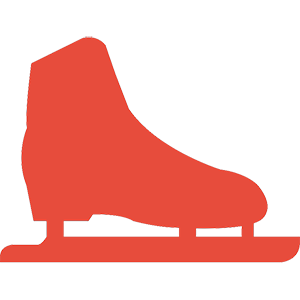 Зимний спорт
Зимний спорт  Комплексы услуг
Комплексы услуг 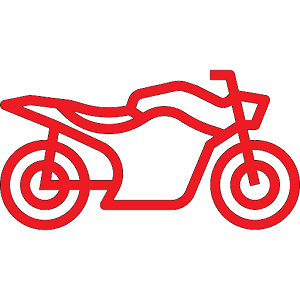 Колёса для мотоцикла
Колёса для мотоцикла  Мотор-колёса
Мотор-колёса  Колеса
Колеса  Рамы
Рамы  Вилки
Вилки  Рулевое управление
Рулевое управление  Камеры, покрышки
Камеры, покрышки  Ободья, спицы, втулки
Ободья, спицы, втулки 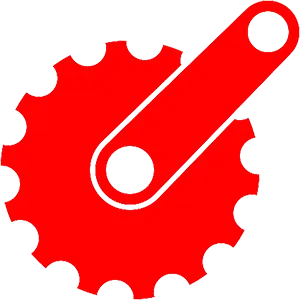 Передние звезды, шатуны
Передние звезды, шатуны  Цепи
Цепи